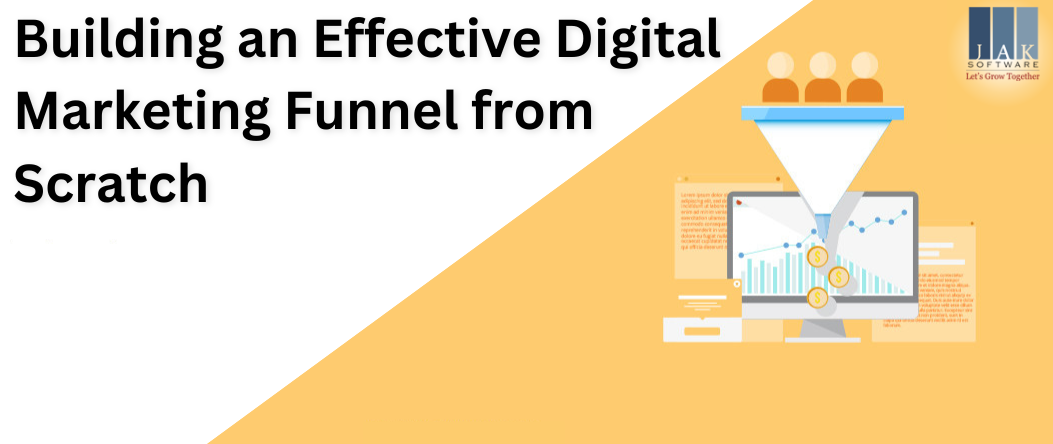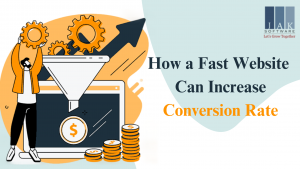The digital marketing funnel is a crucial framework that marketers use to guide potential customers through their buying journey. It helps in identifying where customers are in their decision-making process, and each stage requires unique marketing strategies to convert prospects into loyal customers. A well-crafted digital marketing strategy ensures that each funnel stage is optimized for maximum engagement and conversion.
Stages of the Digital Marketing Funnel
Each stage has its characteristics, and marketers must tailor their strategies accordingly:
The funnel is typically divided into four distinct stages:
- Awareness: In this stage, potential customers discover your brand or product. Effective marketing strategies such as SEO, content marketing, and social media are essential for capturing attention.
- Consideration: Here, consumers actively evaluate their options. Providing in-depth content like case studies and testimonials can build trust and demonstrate value.
- Conversion: Customers are ready to make a purchase decision. A well-designed website with seamless navigation and clear CTAs is critical to drive conversions.
- Loyalty: The final stage focuses on maintaining relationships post-purchase through email marketing, personalized recommendations, and customer service.
Understanding each stage’s needs is vital for crafting a successful marketing strategy that encourages movement through the funnel.
1. Defining Your Target Audience
One of the most important factors in building an effective marketing funnel is knowing who your audience is. Without understanding your audience, your marketing efforts will miss the mark.
- Creating Detailed Buyer Personas: To begin, create buyer personas, which are semi-fictional profiles of your ideal customers. Consider demographic factors like age, gender, income level, and psychographic factors like interests and values. This helps ensure your messaging and website design caters to the right individuals.
- Conducting Market Research: Conduct thorough market research to better understand your target audience’s needs and pain points. Use surveys, interviews, focus groups, and analyze competitors to gather insights. This data will help you tailor your marketing content, website design &development, and overall user experience to meet your audience’s expectations
2. Creating Compelling Content for Each Funnel Stage
Content is one of the most powerful tools to drive customers through the funnel. Tailoring your content to match the stage a prospect is in ensures that you keep them engaged and move them closer to conversion.
- Content for the Awareness Stage: At the awareness stage, content should focus on introducing your brand and building trust without hard selling. Blog posts, infographics, and social media articles can be used to address pain points and position your brand as a helpful authority.
- Content for the Consideration Stage: As customers move to the consideration stage, provide more detailed content like eBooks, case studies, or webinars that dive deeper into the value your product or service offers. Landing pages designed to showcase these resources can make it easy for prospects to access and consume the content.
3. Content for the Decision Stages
Content such as testimonials, product comparisons, and detailed product evaluations can help guide them to make the final decision. Implementing retargeting ads on social media can also encourage them to reconsider your product.
- Analyzing and Optimizing Your Funnel: Building a funnel is not a one-time task; it requires continuous analysis and optimization to ensure its effectiveness. By assessing performance through key performance indicators (KPIs) and incorporating Google Search Engine Optimization (SEO) techniques, marketers can identify areas for improvement and enhance visibility..
- Measuring Funnel Effectiveness with KPIs: Commonly tracked KPIs include conversion rates, customer acquisition costs (CAC), and customer lifetime value (CLV). By analyzing these metrics, you can identify where customers drop off in the funnel and adjust your strategy accordingly.
- A/B Testing for Funnel Refinement: A powerful method to improve your funnel is A/B testing, which involves testing two versions of a web page or an email campaign to see which performs better. This helps determine the most effective elements to drive conversions.
4. The Continuous Process of Funnel Optimization
Optimizing your digital marketing funnel is an ongoing effort. Insights gathered from performance data should be applied continuously to adjust and enhance marketing strategies.
Adapting to Changes and Keeping Your Funnel Effective
- As the digital landscape, consumer behavior, and eCommerce trends evolve, it’s essential to stay agile. Regular analysis, A/B testing, and adjustments based on real-time feedback help ensure that your funnel remains efficient in nurturing leads, driving conversions, and optimizing your digital marketing eCommerce strategy.
- By combining these strategies with an in-depth understanding of your target audience and continuously optimizing your funnel, you can effectively guide potential customers from awareness to loyalty, ensuring long-term success for your business.
Conclusion
Building an effective digital marketing funnel is an ongoing process that requires regular optimization. Each stage—Awareness, Consideration, Conversion, and Loyalty—guides potential customers through their journey. Understanding your audience, creating tailored content, and using strategies like SEO and social media help move prospects through the funnel. Buyer personas and market research ensure your messaging and website design resonate with the right audience at every stage.
Moreover, continuous analysis and optimization are key to improving funnel performance. Tracking key performance indicators (KPIs) such as conversion rates and customer acquisition costs allows businesses to pinpoint areas for improvement. A/B testing and continuous refinement ensure the funnel stays efficient and adapts to consumer behavior. By staying agile and adjusting to the digital landscape, businesses can build stronger customer relationships and drive long-term growth.




